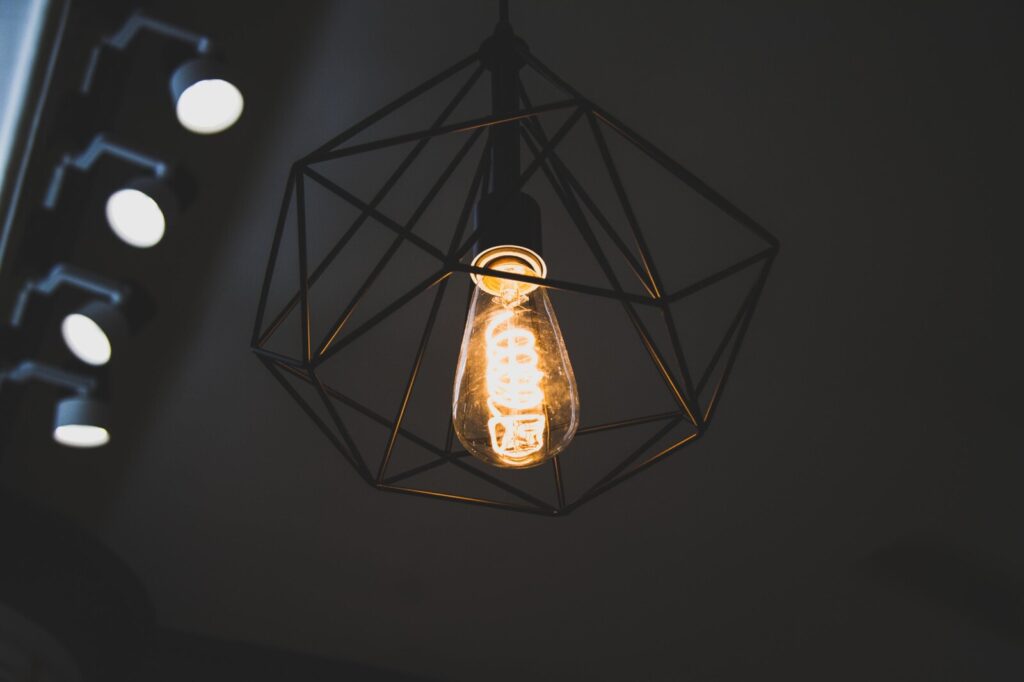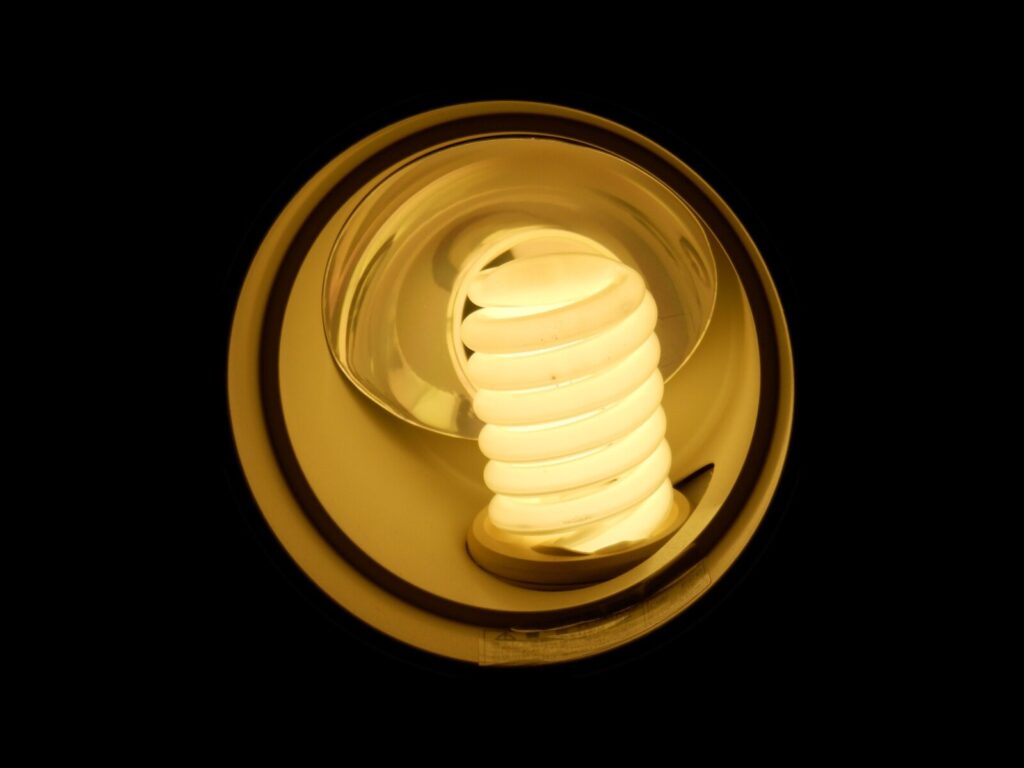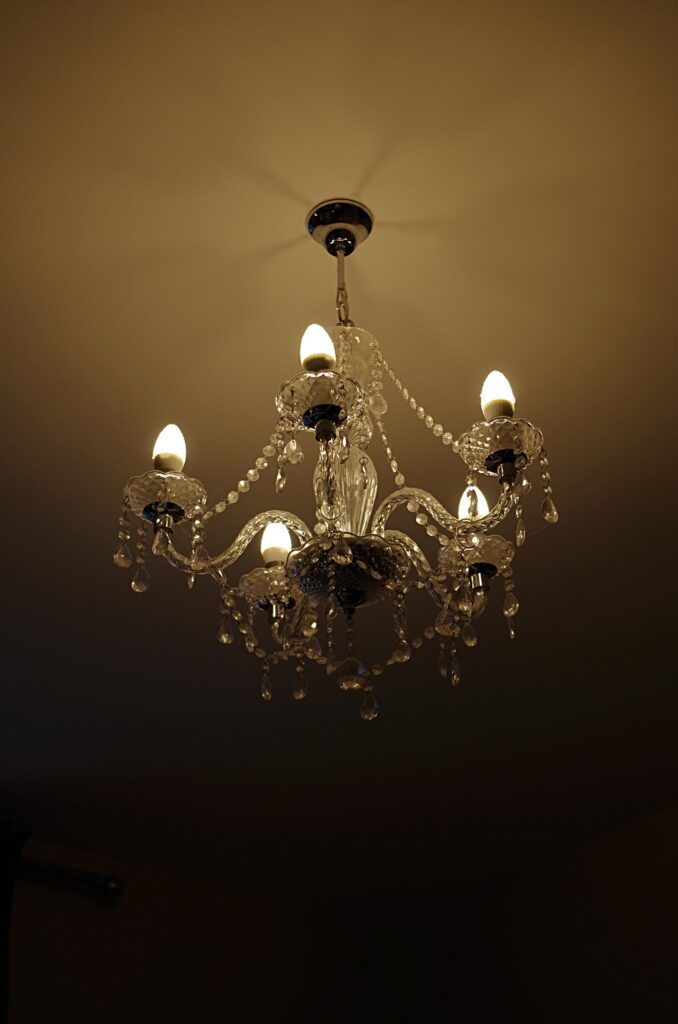The Complete Guide To Light Bulbs And Lumens
There’s much talk about light bulbs these days. Everyone from the Environmental Protection Agency to your utility company wants you to know about lighting efficiency and saving energy. But what does it all mean? What are lumens, And why is the new law changing them? This guide explains everything you need to know about lumens, watts, and how to choose an energy-efficient light bulb.

The Complete Guide To Light Bulbs And Lumens
What Do Lumens Mean In Lighting?
Lumens are units for measuring how much light a light source emits. In the United States, lumen measurements are standardized by law and must be listed on all light bulb packages.
For example, an incandescent light bulb that produces 1,600 lumens is brighter than one that produces 1,000 lumens (1,600/1000 = 1.6).
What Is A Lumen? How Is It Different From A Watt?
When you think about light bulbs, you probably think about watts. Watts measures how much power a bulb uses, and it’s important to know that one watt equals one joule per second (J/s). However, there is another unit of measurement called lumens.
Lumens are a count of photons emitted by light sources, and they can be used to express the quantity of visible light output by an object—like a light bulb. For example, if you have two incandescent bulbs with different wattages but the same lumen outputs, they will appear equally bright when viewed from the same distance away because they emit the same amount of photons in every direction.
Why Lumens Are More Important Than Watts
- Light output is measured in lumens, not in watts.
- Watts measure the energy needed to run your bulb, while lumens measure how bright it is.
- You can use watts to compare bulbs, but you’ll get a better idea of brightness by comparing lumens.
What Should New Light Bulb Labels Say?
A lumens rating measures how much light a bulb produces, and it’s expressed in units. When you see “60-watt incandescent”, it will have 60 watts of energy. The same goes for other lights—a 15-watt CFL (compact fluorescent lamp) emits 15 watts, while an LED equivalent emits less than 0.5 watts.
The new packaging displays both lumens and wattage on the side but only one number on the front: the amount of energy used per hour by your light source (in kilowatts). For example, if it says “4kWh/1000hrs”, this means that for every 1000 hours (or 16 days), you’ll use 4 kilowatts of electricity from that lamp’s usage; conversely, if it says “1KW/1000hrs”, then every 1000 hours (or 16 days) consumes 1 kilowatt from that same product’s usage.
Which Features Should I Look for in an Energy-Efficient Light Bulb?
If you love incandescents, look to halogen. These bulbs are the closest thing we have to an old-school light bulb in terms of performance and cost, and they’re also more efficient than their old-fashioned counterparts, with an average lifespan of 2,200 hours (compared with 1,000 for a standard incandescent).
Look for the ENERGY STAR label. Not all ENERGY STAR bulbs are created equal: some can be expensive while others are cheap knockoffs that may not live up to your expectations. The best way to get quality is by looking at reviews from third parties like Consumer Reports or Good Housekeeping; make sure they test them out in natural world conditions so they can accurately assess how they perform over time versus other options on the market like CFLs or LEDs which have vastly different life spans depending on their wattage output!
Check out CRI ratings as well! This stands for Color Rendering Index and refers to how accurate colors appear under different lighting conditions. Even experts struggle with trying new bulbs without knowing what goes into making one better than another type besides just price point differences between brands sold at retailers like Home Depot or Lowes stores nationwide around town too (this includes both online shopping sites such as Amazon).
What Are The New Light Bulb Laws?
Of course, this isn’t the only way to measure a bulb’s light output. Candles and incandescent bulbs are rated by watts, which is how much energy they use. Would it surprise you to know that the laws requiring more efficient bulbs are intended to encourage people to buy them? This sounds counterintuitive at first—how could making it harder to believe my favorite product be good for me? Well, like most things that make life better in the long run (exercise and healthy eating come to mind), it takes some time to get used to.
Many consumers had already begun updating their lighting systems following California’s 2007 law requiring them all to be at least 25 percent more efficient than traditional incandescent bulbs by 2014 or 2015, depending on when they were purchased (or 2012 if they’re manufactured after January 1st). The state also offers rebates on sure bulbs purchased through their program “Save Money with Efficient Lighting.”
What Are My Light Bulb Options?
Before you start shopping, you must know what kinds of bulbs are available. Different light bulbs use different amounts of energy; some may last longer than others. Many kinds of bulbs offer different characteristics.

What Are My Light Bulb Options
- Incandescent: These traditional light bulbs have been around for over a century, with the first being patented in 1879. Thomas Edison invented them as an alternative to gas lighting—they produce a soft glow and are generally inexpensive compared with other options like LED or fluorescent lights. However, they’re also inefficient at converting electricity into light and don’t last very long (typically 1-2 years). They also emit heat while burning, which can be problematic if you live in a hot climate or have small children who might accidentally touch them!
Conclusion
The new light bulb law is a great way to reduce energy bills and be more environmentally friendly. But it’s not just about saving money—it’s also about making the world a better place. Make sure to choose bulbs that are right for you and give them plenty of time to run.


